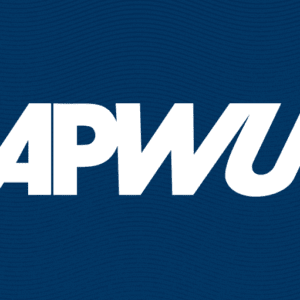March 7, 2016
USPS Loses Money on Closures and Mail Slowdown Plan
Over the last few weeks, news has spread about a bombshell report that postal management’s supposed cost-saving decision to shutter plants and slow down the mail has actually lost the USPS money. As reported in Government Executive, “The U.S. Postal Service has long sold its decision to reduce the size of its physical footprint as a necessary evil, a painful cost-cutting measure required to adapt to the changing landscape of mail delivery. One problem: It did not cut costs.”
Starting in 2012, in Phase 1 of its Network Rationalization Initiative, the USPS closed or consolidated 141 mail processing facilities across the country. As part of Phase 2, the USPS virtually eliminated overnight delivery of First Class Mail and periodicals on Jan. 5, 2015, and has closed or consolidated some of the 82 plants targeted for consolidation in 2015.
Now, the USPS has admitted to the Postal Regulatory Commission that Phase 2 (slowing the mail and closing and consolidating mail processing facilities) required shipping the mail further distances and added a whopping $130 million last year in additional transportation costs. The $130 million in transportation costs is more than double the $64 million in claimed savings for Phase 2, resulting in a $66 million net loss. The total losses for this plan will result in even more red ink as the Postal Service’s $66 million figure does not take into account the revenues lost by pushing away customers who now find the mail too slow for their business and personal needs.
Recognizing the dangers posed by such counterproductive cuts, Congress took the issue of delayed mail head on last June and passed an amendment through the House Appropriations Committee to restore overnight delivery standards. The bipartisan step taken by the committee was a thoughtful decision and decisive vote. It signaled that mail matters to the country and that the USPS needs to better promote and protect a valuable method of communication that is integral to “binding the nation” together. While last year’s measure was ultimately not enacted into the final Omnibus legislation, the ranks of lawmakers demanding the restoration of prompt mail service continue to grow. A bipartisan majority of the House of Representatives now co-sponsor H.Res.54, which calls on the USPS to roll back service standards to those in place before Jan. 5, 2015.
The $66 million net loss confirms what APWU has maintained for years, the USPS cannot cut its way to prosperity – cuts to timely service only drive customers away. Independent observers have long questioned the agency’s projected savings for Phase 2 of its “Network Rationalization Initiative.”
In 2012, the Postal Regulatory Commission (PRC) challenged the accuracy of postal data and urged the agency to maintain service standards at the Phase 1 level to prevent a large drop in revenues. Reviewing the proposed cuts to service standards and the postal network, the PRC described postal management’s projected savings for Phase 2 as “remarkably ambitious” and found that savings could be as little as 2 percent of USPS projections. The PRC went on to note that, “Cost savings may be offset by reduced contribution to the bottom line from volume loss by mailers who no longer believe the level of service provided meets their postal needs.”
After years of the USPS misleading Congress and the American people with unrealistic projected savings, this admission demonstrates what most outside observers said all along – the USPS went too far in slowing the mail and dismantling the postal network. If the USPS is truly committed to its bottom line and to its customers, it will reverse course and ends the closures, consolidations, and mail delays.
To read more about USPS losses incurred by closures and mail slowdown, please click here.



